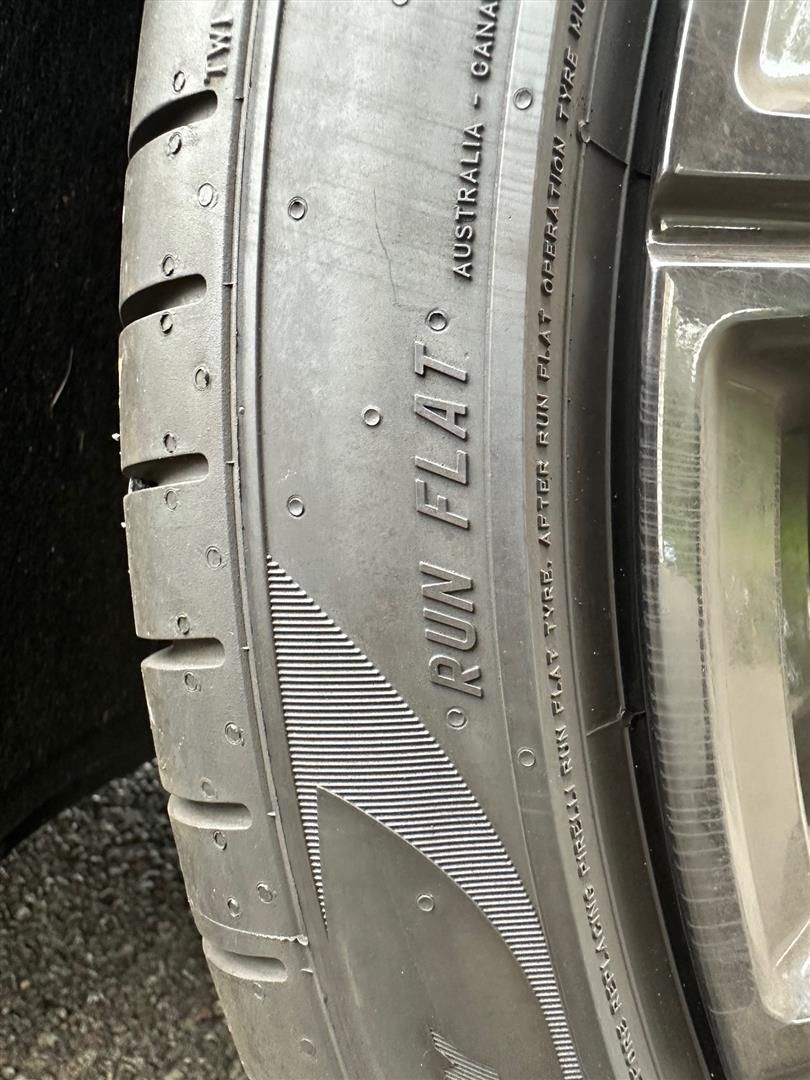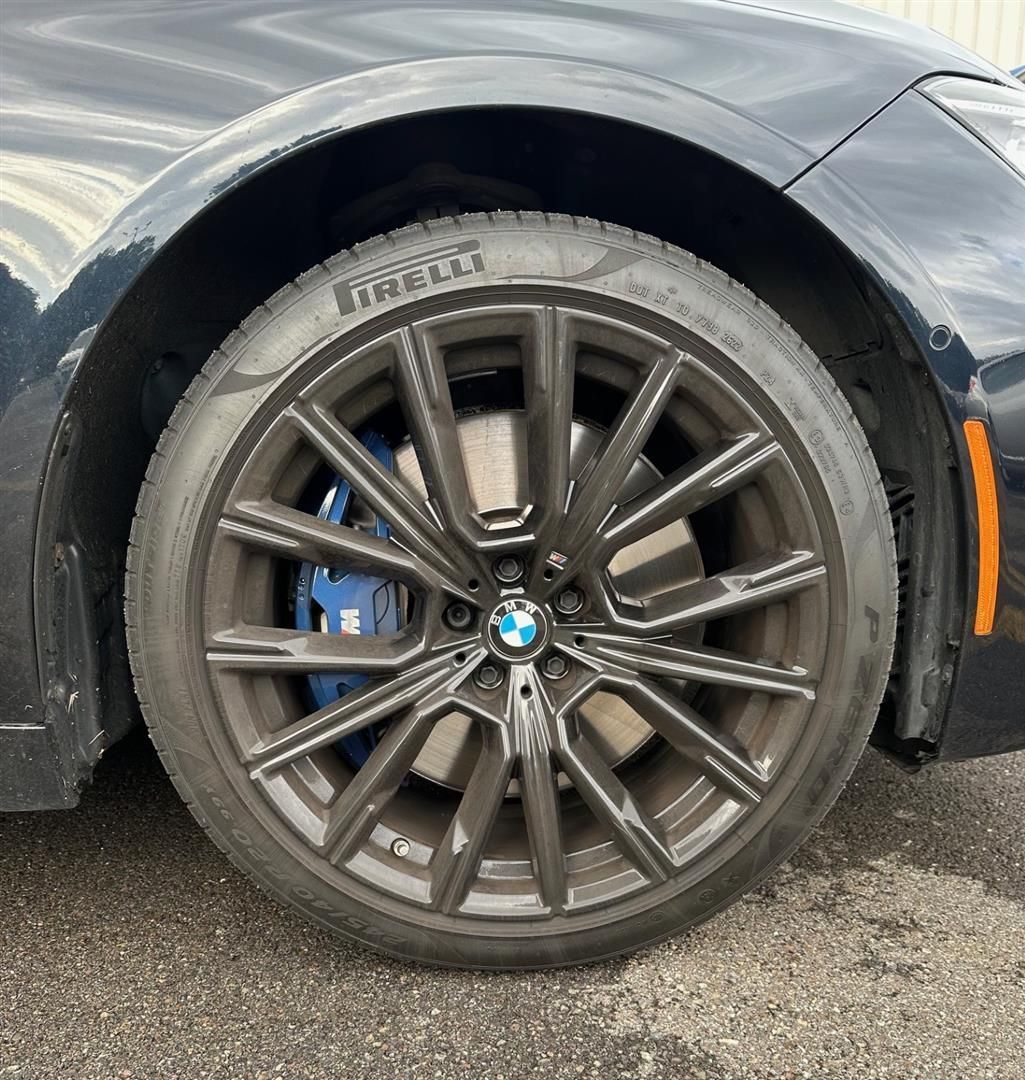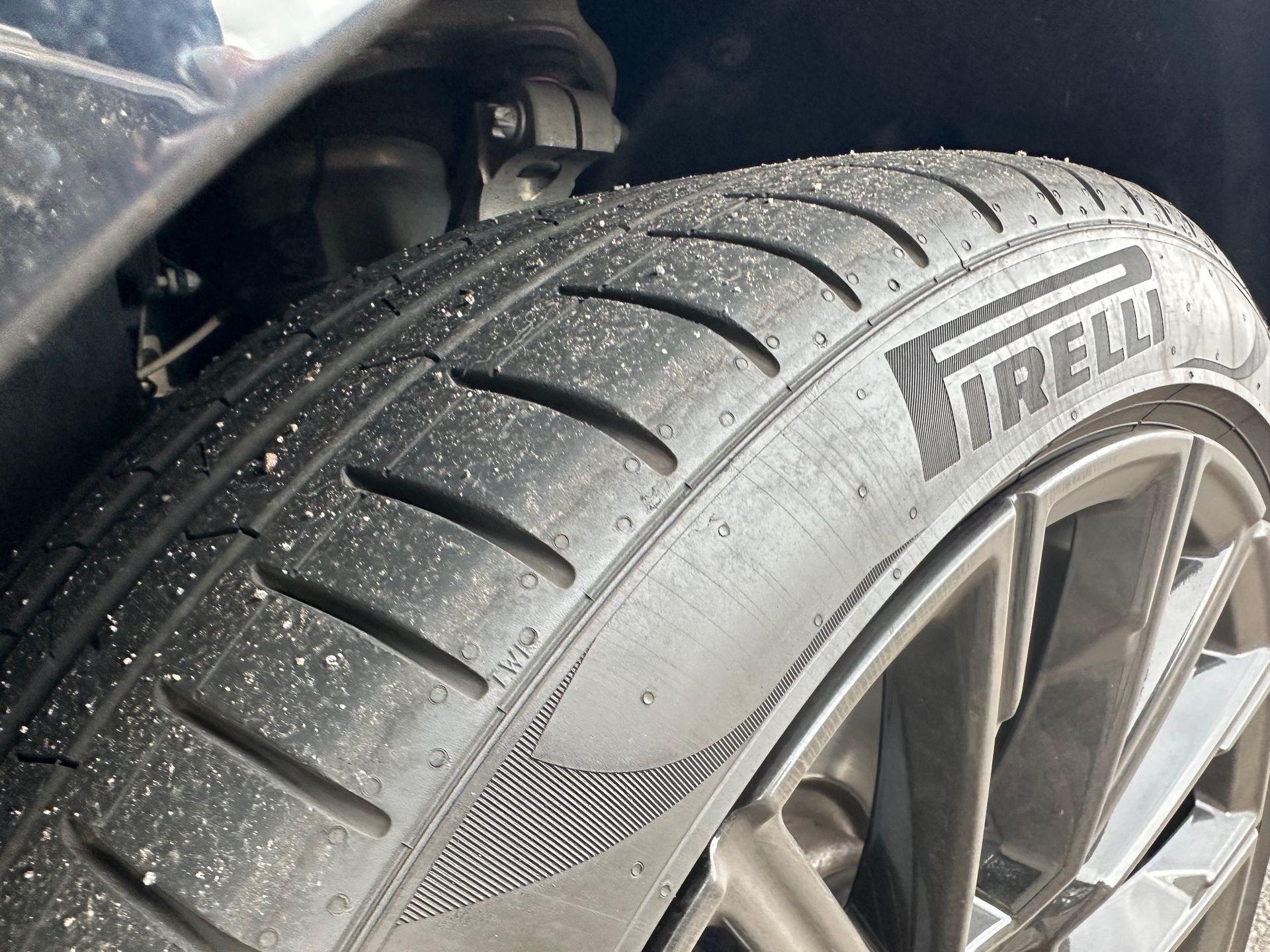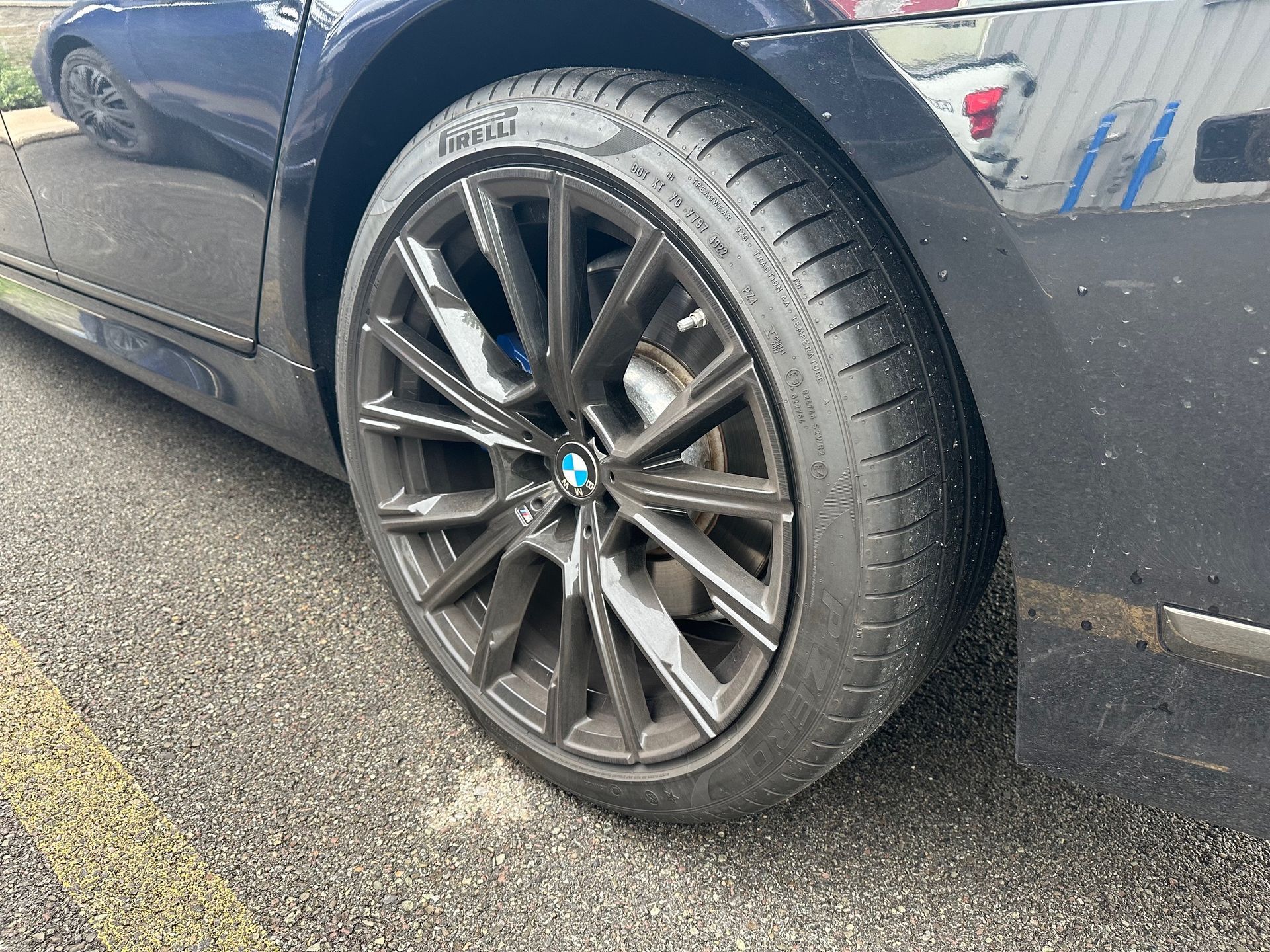
When it comes to vehicle safety and convenience, tires play a crucial role. Traditional tires have been the standard for years, but they come with a significant drawback. If they get punctured, you're left with a flat tire, often at the most inconvenient times. This is where run-flat tires come into play. But what exactly are run-flat tires, and how do they differ from conventional ones? Let's dive into the details.
What Are Run-Flat Tires?
Run-flat tires are designed to keep your vehicle moving even after a puncture or loss of air pressure. Unlike regular tires, which would leave you stranded on the side of the road, run-flat tires allow you to continue driving for a limited distance at a reduced speed. This gives you the opportunity to reach a repair shop or a safe location without having to change the tire immediately.

How Do Run-Flat Tires Work?
The magic behind run-flat tires lies in their reinforced sidewalls. These sidewalls are significantly stronger and thicker than those in standard tires, allowing the tire to support the vehicle's weight even when there's no air pressure. When a puncture occurs, instead of the tire collapsing under the weight of the car, the sidewalls maintain their shape and structure, enabling you to continue driving.
Most run-flat tires can be driven for up to 50 miles at speeds up to 50 mph after a puncture. However, the specific distance and speed will depend on the tire brand and model. So it's essential to check the manufacturer's guidelines.

Types of Run-Flat Tires
There are two primary types of run-flat tires:
- Self-Supporting Run-Flat Tires : These are the most common type of run-flat tires. They rely on reinforced sidewalls to support the vehicle after a puncture. The added strength allows the tire to carry the vehicle's weight even when the air pressure is lost.
- Support Ring System Run-Flat Tires : This type of run-flat tire uses a support ring inside the tire, which takes over the load-bearing role in the event of a puncture. The support ring is usually made of a hard rubber or another durable material.
The Benefits of Run-Flat Tires
- Increased Safety: One of the most significant advantages of run-flat tires is the added safety they offer. In the event of a puncture, you don't have to stop immediately in potentially dangerous locations, like on a busy highway or in a remote area.
- Convenience : Run-flat tires eliminate the need to change a tire on the side of the road, which can be difficult and risky. You can drive to a nearby repair shop at a reduced speed, saving you time and stress.
- No Need for a Spare Tire : Since run-flat tires can keep you moving after a puncture, many vehicles equipped with these tires don't require a spare. This can free up valuable trunk space and reduce the vehicle's overall weight.

Are Run-Flat Tires Right for You?
Whether or not run-flat tires are the right choice for you depends on your driving habits, the type of vehicle you drive, and your personal preferences. If you frequently drive in areas where stopping to change a tire could be dangerous, or if you simply value the convenience of not needing to deal with a flat tire immediately, run-flat tires might be worth the investment.
However, if you prioritize ride comfort and are looking for a more budget-friendly option, traditional tires may be a better fit.
Run-flat tires offer a unique combination of safety and convenience, allowing drivers to continue their journey even after a puncture. Their benefits can make them an excellent choice for certain drivers. As always, it's important to weigh the pros and cons and consider your specific needs when deciding whether run-flat tires are right for you.
Need run flat tires? We can help! Lou's Car Care & Fleet Services has been proudly serving Baldwinsville , NY, and surrounding communities since 1976. Call us or schedule your next appointment online today!
FREQUENTLY ASKED RUN FLAT TIRE QUESTIONS:
1. What are run-flat tires?
Run-flat tires are special tires designed to keep your car moving for a limited distance even after a puncture or loss of air pressure. This allows you to safely drive to a repair shop or another safe location.
2. How far can you drive on run-flat tires after a puncture?
You can usually drive up to 50 miles at speeds of up to 50 mph on run-flat tires after a puncture, though this may vary depending on the tire brand and road conditions.
3. Do run-flat tires provide a smoother ride?
Run-flat tires tend to have a firmer ride compared to regular tires due to their reinforced sidewalls. This is necessary to support your vehicle’s weight even when the tire is deflated.
4. Are run-flat tires more expensive than regular tires?
Yes, run-flat tires are generally more expensive than standard tires. This includes both the initial purchase cost and potential replacement costs.
5. Can run-flat tires be repaired?
In most cases, run-flat tires are not recommended for repair. Once you’ve driven on a run-flat tire after it has lost air pressure, it’s usually best to replace it.
6. Can you use run-flat tires on any vehicle?
Not all vehicles are suitable for run-flat tires. It’s important to ensure that your vehicle’s specifications support run-flat tires, especially if it has sensors or systems specifically designed for them.
Let's Connect! Click on the links below to stay in touch with the Lou's Car Care Community:








